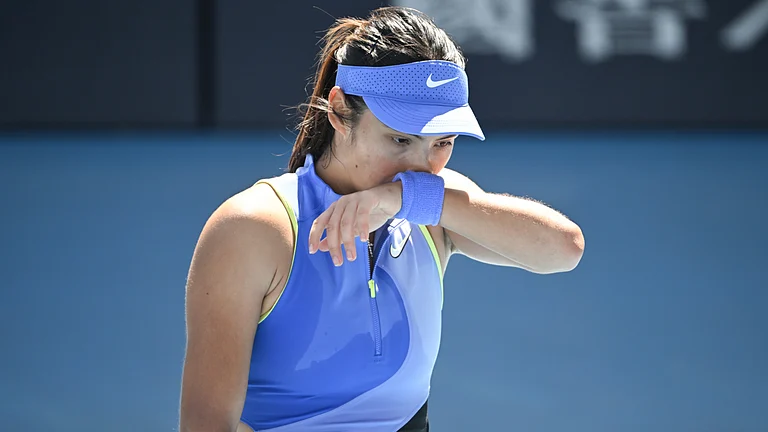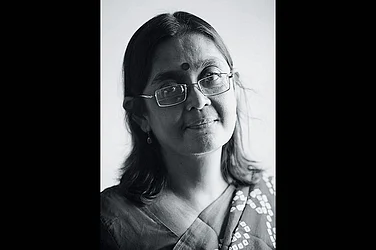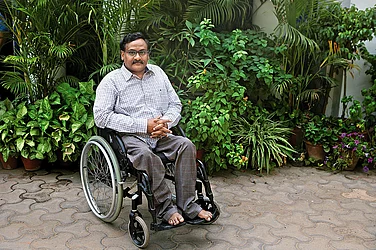FOR Assam Chief Minister Prafulla Kumar Mahanta, it was a painful decision to make. In early January, when the Union Home Ministry proposed to introduce a unified command system in the state to combat the insurgent groups, Mahanta firmly rejected the idea. But when Home Minister Indrajit Gupta himself flew down to Guwahati to press the issue, Mahanta had to find a way out.
This was simple. Instead of agreeing to head the unified command himself, like Farooq Abdullah in Jammu & Kashmir, he made his chief secretary the head of the strategic group set up to lay down the guidelines and monitor progress. Mahanta has thus managed to keep a buffer between himself and the actual operational group to be headed by an army general. But if he had hoped to deflect criticism, the chief minister had clearly miscalculated. For, from Assams point of view, this was as good as handing over law and order to the army.
Sure enough, reactions were strong and negative. The local media, at one time fully supportive of Mahanta, started accusing him of ushering in a "military raj". At a protest meeting of senior citizens, activists, lawyers and human rights groups on January 23, a speaker dramatically announced that the unified command was a bid "to crush the Assamese nation". The meeting also asked the people to boycott the Republic Day functions in the state.
The All-Assam Students Union (AASU) called a 12-hour protest bandh on January 24. The bandh, observed peacefully throughout the state, was total. In fact, the AASU, whose support among the people is decidedly on the downswing, found the unified command a perfect opportunity to regain some lost ground. "We were compelled to call the bandh since both the Centre as well as the state government seem bent on imposing army rule in the guise of the unified command," the AASU said.
The banned United Liberation Front of Asom (ULFA), the main target of the unified command, sent out warnings that it may be compelled to move against "unarmed Indian citizens". In a lone ray of hope, the Bodoland Liberation Tigers, responsible for the December 30 Brahmaputra train blast, announced immediate ceasefire and offered to negotiate with the government.
Mahanta rejects all criticism as "unjust and unwarranted". He told Outlook: "By getting the army to work in close coordination with us, we have in fact obtained control over the armys functioning." In its seven-year stint in Assam, this is the first time the army will work in tandem with the state government. Explained Mahanta, clearly annoyed with the local press: "We had run out of options, hence the need to call in the army. No government can tolerate the killings and kidnappings being carried out by the militants. Yet, I am asking them to come forward for negotiations."
The army, on its part, intends to put all forces to optimum use in the threetier structure. This would comprise a strategic group to be headed by the states chief secretary, an operational group to be under the direct command of the 4 Corps commander and a third layer of district-level coordination committees. Says Lt Gen. R.K. Sawhney, commander of the 4 Corps:
"The army has not been given any extra power. All thats been done is to get all forces the army, the paramilitary, the state police under one command. This way, all available forces would mesh together and work more effectively. "
One hitch is the bureaucracy. Hurt egos among the states mandarins came to the fore in the very first meeting of the strategic group on January 20, where angry exchanges dominated. It took a direct intervention on Mahantas part to cool tempers. Clearly, the coming three months, after which a review will be done, are bound to be tough for all concerned.






















